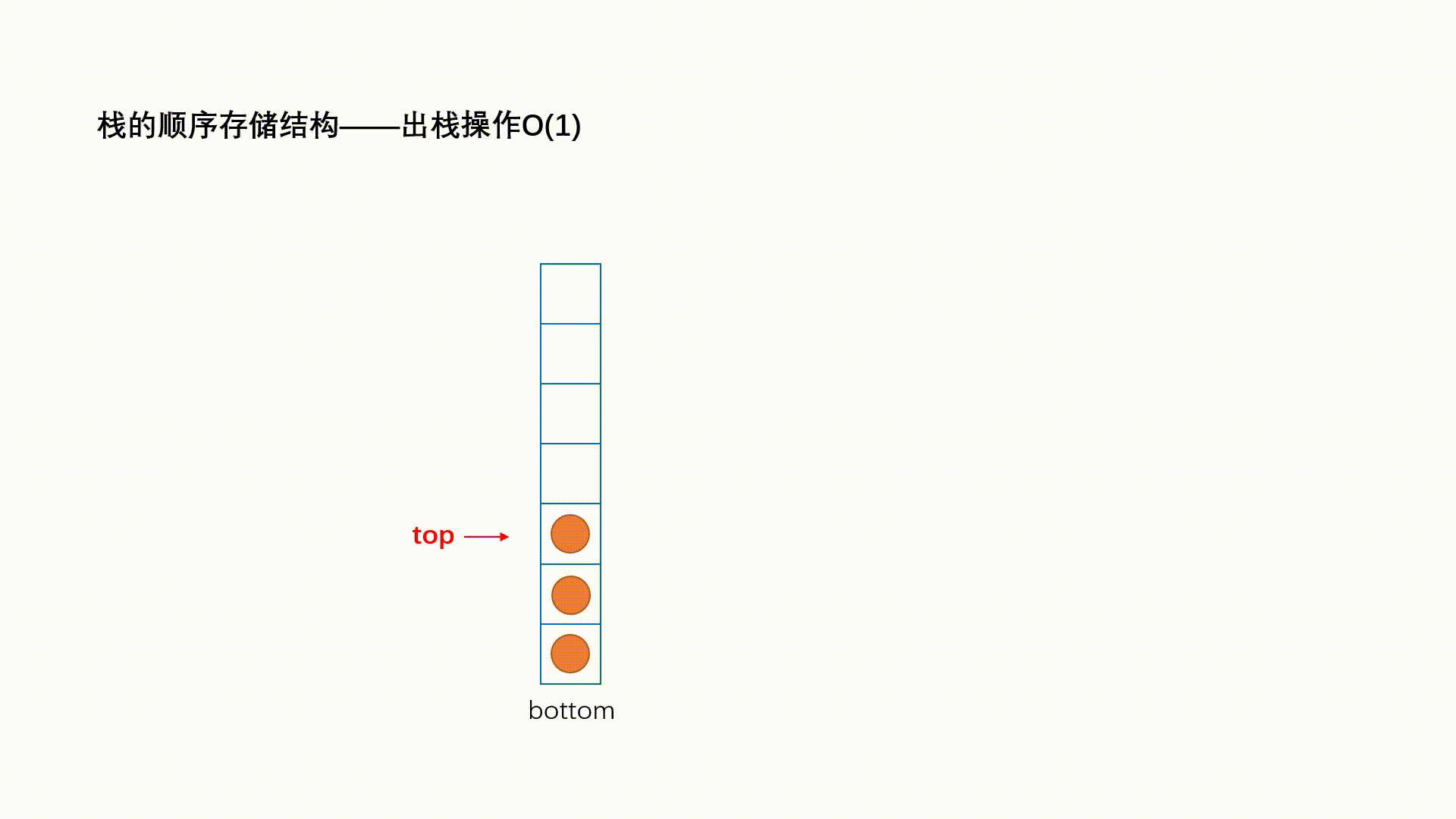正月初九,开工大吉!
2024年,更上一层楼!
写在开头
其实在List的继承关系中,除了ArrayList和LinkedList之外,还有另外一个集合类stack(栈),它继承自vector,线程安全,先进后出,随着Java并发编程的发展,它在很多应用场景下被逐渐替代,成为了Java的遗落之类。不过,stack在数据结构中仍有一席之地,因此,我们有必要也应该好好的学一下!
Collection和Collections的区别?
在开始学习栈之前,先来解决一下之前一个网友在评论区问的问题:
Collection和Collections有什么区别?
虽然这两个类都在java.util包下,虽然只有一字之差,但它们的差别还是挺大的!
Collection 是JDK中集合层次结构中的最根本的接口。定义了集合类的基本方法。源码中的解释:
* The root interface in the <i>collection hierarchy</i>. A collection
* represents a group of objects, known as its <i>elements</i>. Some
* collections allow duplicate elements and others do not. Some are ordered
* and others unordered. The JDK does not provide any <i>direct</i>
* implementations of this interface: it provides implementations of more
* specific subinterfaces like <tt>Set</tt> and <tt>List</tt>. This interface
* is typically used to pass collections around and manipulate them where
* maximum generality is desired.
Collections 是一个包装类。它包含有各种有关集合操作的静态多态方法,不能实例化,Collection 集合框架的工具类。源码中的解释:
* This class consists exclusively of static methods that operate on or return
* collections. It contains polymorphic algorithms that operate on
* collections, "wrappers", which return a new collection backed by a
* specified collection, and a few other odds and ends.
stack(栈)
栈(stack)是一种先进后出(Last In First Out,LIFO)的数据结构,类比于现实生活中的子弹上膛、泡泡圈。栈具有两个基本操作:入栈(push)和出栈(pop)。入栈表示将元素放入栈顶,而出栈表示从栈顶取出元素。
动图图解-入栈(push)

动图图解-出栈(pop)

在Java的工具包中其实帮我们封装好了一个类,java.util.Stack,它所提供的方法并不多,我们通过一个小示例感受一下。
【代码示例1】
Stack<String> stacks = new Stack<>();
//push方法入栈
stacks.push("开");
stacks.push("工");
stacks.push("大");
stacks.push("吉");
stacks.push("!");
System.out.println(stacks);
//pop栈顶元素出栈
String pop = stacks.pop();
System.out.println(pop);
//查看栈顶元素
String peek = stacks.peek();
System.out.println(peek);
//判断堆栈是否为空
boolean empty = stacks.empty();
System.out.println(empty);
//查看元素在堆栈中的位置
int index = stacks.search("开");
System.out.println(index);
输出:
[开, 工, 大, 吉, !]
!
吉
false
4
手写一个stack(堆栈)
通过上面的代码示例我们了解了一个栈所具备的功能特点,根据它的特点,我们尝试一下手写一个栈!
首先,准备一个数组用来存储元素,可以定义为Object,这样支持多数据类型,我们这里直接选用int类型的好嘞。
自定义栈-源码:
/**
* @ClassName Stack
* @Description 手写一个int类型的堆栈
* @Author hzm
* @Date 2024/2/18 14:21
* @Version 1.0
*/
public class Stack {
private int arr[];
private int top;
private int capacity;
/**
* 提供一个有参构造,初始化栈
* @param size
*/
public Stack(int size) {
this.arr = new int[size];
this.top = -1;
this.capacity = size;
}
/**
* 入栈
* @param p
*/
public void push(int p) {
if (isFull()) {
System.out.println("堆栈空间溢出\n程序终止\n");
System.exit(1);
}
System.out.println("入栈:" + p);
arr[++top] = p;
}
/**
* 出栈
* @return
*/
public int pop() {
if (isEmpty()) {
System.out.println("空栈,不可POP");
System.exit(1);
}
return arr[top--];
}
/**
* 判断栈是否已满
* @return
*/
public Boolean isFull() {
return top == capacity - 1;
}
/**
* 判断栈是否为空
* @return
*/
public Boolean isEmpty() {
return top == -1;
}
/**
* 遍历栈内元素
*/
public void printStack() {
for (int i = 0; i <= top; i++) {
System.out.println(arr[i]);
}
}
/**
* 返回栈的大小
* @return
*/
public int size() {
return top + 1;
}
/**
* 查看栈顶元素
* @return
*/
public void peek(){
System.out.println("栈顶元素:" + arr[top]);
}
}
测试类中调用手写的这个stack:
public class Test {
public static void main(String[] args) {
Stack stack = new Stack(5);
//入栈
stack.push(1);
stack.push(2);
stack.push(3);
stack.push(4);
stack.push(5);
//出栈
int pop = stack.pop();
System.out.println("出栈:"+ pop);
//查看栈的大小
int size = stack.size();
System.out.println("栈容量:" + size);
//查看栈顶元素
stack.peek();
//打印栈内元素
stack.printStack();
}
}
输出:
入栈:1
入栈:2
入栈:3
入栈:4
入栈:5
出栈:5
栈容量:4
栈顶元素:4
1
2
3
4
好了,今天的栈内容就写到这里吧,大家私下里可以找找leetcode上关于栈的算法题做做,深刻感受一下哈!
结尾彩蛋
如果本篇博客对您有一定的帮助,大家记得留言+点赞+收藏呀。原创不易,转载请联系Build哥!




 浙公网安备 33010602011771号
浙公网安备 33010602011771号